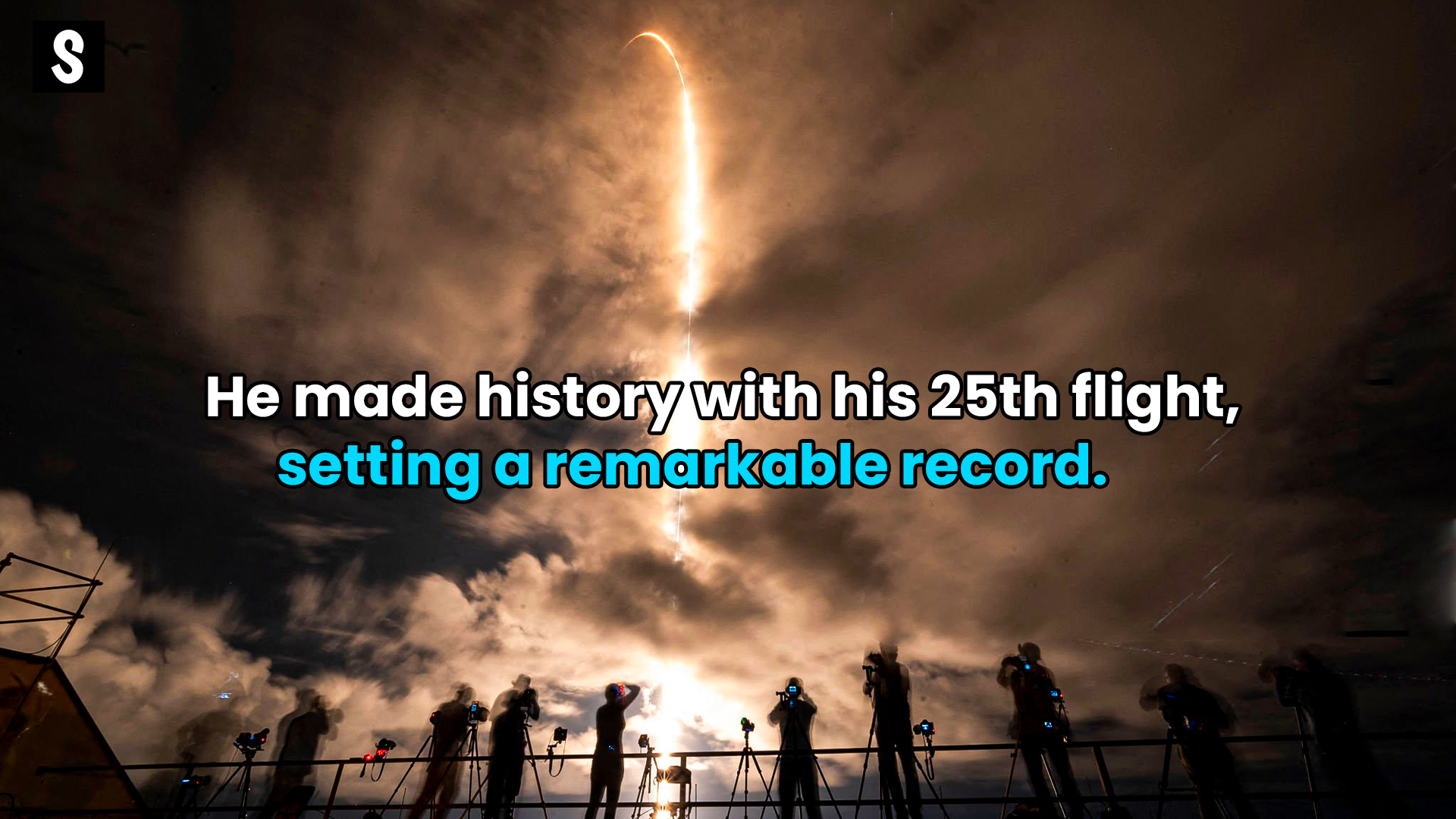SpaceX achieved another milestone on January 10, 2025, with the successful launch of a Falcon 9 rocket from Florida’s Cape Canaveral Space Force Station. The mission, which carried 21 Starlink broadband satellites to orbit, marked the 25th flight for this particular rocket’s first stage, setting a new record for the company. This launch underscored SpaceX’s leadership in reusable rocket technology, demonstrating both reliability and efficiency in the rapidly advancing space industry.
The mission included a groundbreaking aspect: 13 of the 21 Starlink satellites are equipped with direct-to-cell capabilities, a technology aimed at bridging communication gaps in remote areas. This enhancement represents a significant leap forward in connectivity, aligning with SpaceX’s goal of providing global internet access, even to regions where traditional infrastructure is unavailable or impractical.
At 2:11 p.m. EST (1911 GMT), the Falcon 9 rocket lifted off, dazzling onlookers with its precision and power.
This recovery not only exemplified SpaceX’s mastery in reusable technology but also emphasized the cost-effectiveness of its launch systems. Reusability has been a cornerstone of SpaceX’s business model, allowing the company to conduct frequent missions while significantly reducing costs. The recovered first stage, with 25 flights under its belt, is a testament to the robustness and durability of SpaceX’s engineering.
Meanwhile, the Falcon 9’s upper stage continued its journey, deploying the Starlink satellites into low Earth orbit approximately 65 minutes after liftoff. This successful deployment added to the growing constellation of Starlink satellites, which is already the largest in history.
Currently, the Starlink network boasts over 6,870 active satellites, around 400 of which are equipped with direct-to-cell technology, according to astrophysicist and satellite tracker Jonathan McDowell.
This mission is the fifth Falcon 9 launch of 2025, following a record-breaking year in 2024 when SpaceX conducted more than 130 flights, approximately two-thirds of which were dedicated to Starlink missions.
The company’s relentless launch cadence highlights its capability to meet the increasing demand for satellite internet and other space-based services. By leveraging its fleet of reusable rockets, SpaceX continues to push the boundaries of what’s possible in space exploration and satellite deployment.
Starlink’s direct-to-cell technology is poised to revolutionize global communications. By enabling connectivity in areas traditionally underserved by terrestrial networks, this innovation holds the potential to transform industries such as emergency response, maritime operations, and rural connectivity. With these advancements, SpaceX is not just expanding internet coverage but also empowering individuals and communities around the world.
The January 10 mission also showcases SpaceX’s meticulous attention to detail and operational excellence. Each launch involves a complex choreography of engineering and logistics, from rocket preparation and payload integration to precise timing and orbital insertion. The success of this mission reflects the dedication of SpaceX’s team and its commitment to advancing humanity’s presence in space.
Looking ahead, SpaceX’s ambitious plans include increasing the Starlink constellation’s capacity and functionality. As the network grows, it promises to deliver faster speeds, lower latency, and broader coverage. These improvements will enhance the user experience and make satellite internet an increasingly viable alternative to traditional broadband services.
In summary, the January 10 launch was a remarkable achievement for SpaceX, setting a new benchmark for reusable rocket performance and advancing the Starlink program’s mission of global connectivity.
The successful deployment of 21 satellites, including those with cutting-edge direct-to-cell capabilities, underscores SpaceX’s role as a leader in innovation and space exploration. As the company continues to break records and push technological boundaries, it is paving the way for a more connected and accessible world.
